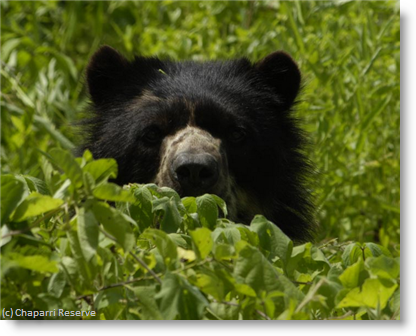 Peru’s government says that some 400 species in the South American nation are in danger of becoming extinct, including the massive and majestic Andean condor.
Peru’s government says that some 400 species in the South American nation are in danger of becoming extinct, including the massive and majestic Andean condor.
The Ministry of Agriculture released a report this week saying that the animals are in danger due to unregulated hunting, the loss of habitat and the illegal trafficking of the animals, daily La Republica reported. March 3rd is World Wildlife Day, following a decision by the United Nations this past December.
In addition to the condor, other species that are in danger are the spectacled bear, the only bear native to South America, the vicuña, the jaguar, the white-winged guan and the Andean cock-of-the-rock.
The director of the Agriculture Ministry’s department for wildlife and forestry, Fabiola Muñoz, said her office is working with the Environment Ministry to change the public’s perception on poaching and illegal trade of wildlife.
“Wildlife plays an important role in the protection of ecosystems as the spreader of seeds, for example,” said Muñoz. “However, the confinement of [wildlife] in a house negatively impacts a family and society, as they can produce diseases, affect tourism, and strengthen the international network of illicit trafficking.”
The campaign is aimed at raising awareness of the impacts of wildlife trafficking among young people between the ages of 12 and 25 approximately, principally in Metropolitan Lima and in the provinces in the Amazon regions of Loreto and Ucayali and the central jungle.
Peru’s diverse geography is home to a wide range of wildlife, with record numbers of butterfly, bird and insect species. UNICEF considers the country’s Manu National Park, located in the south-eastern Amazon rainforest, as the world’s most biodiverse spot on Earth.
There are a number of state and private conservation projects throughout the country, and one of the newer projects is the private conservation program on the north coast, at Chaparrí in Lambayeque, where wildlife photographer Heinz Plenge and ecologist Bernie Pleyton began working jointly with the community of Santa Catalina de Chongoyape in the conservation of the equatorial dry forests, the white-winged guan (Penelope albipennis) and the spectacled bear (Tremarctos ornatus). The program’s funds include tourism income through the Chaparri Lodge.






the restaurant Don Cucho in Pachacamac, Lima……should be check for apes or and animal
Illegal trafficking…..